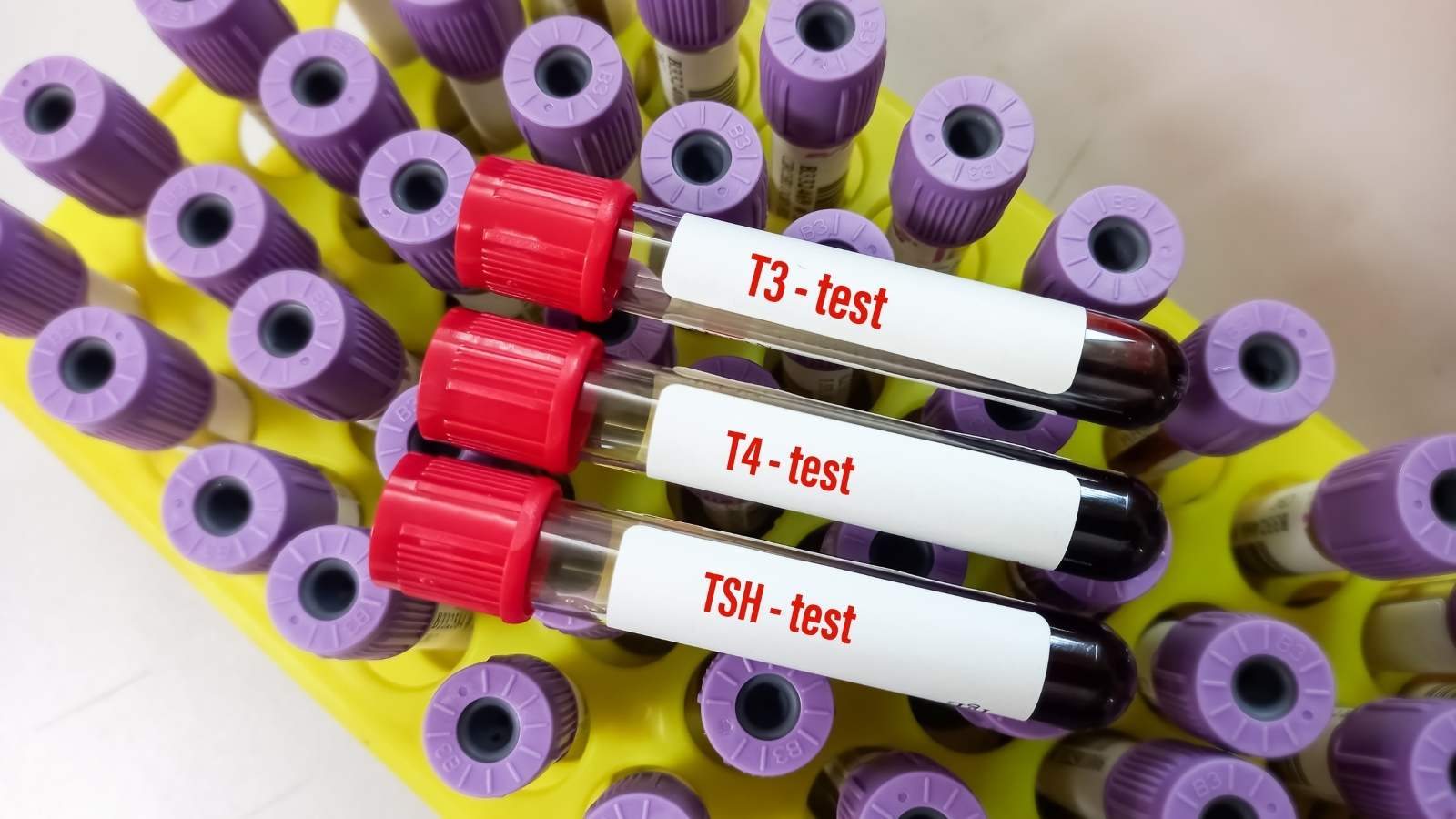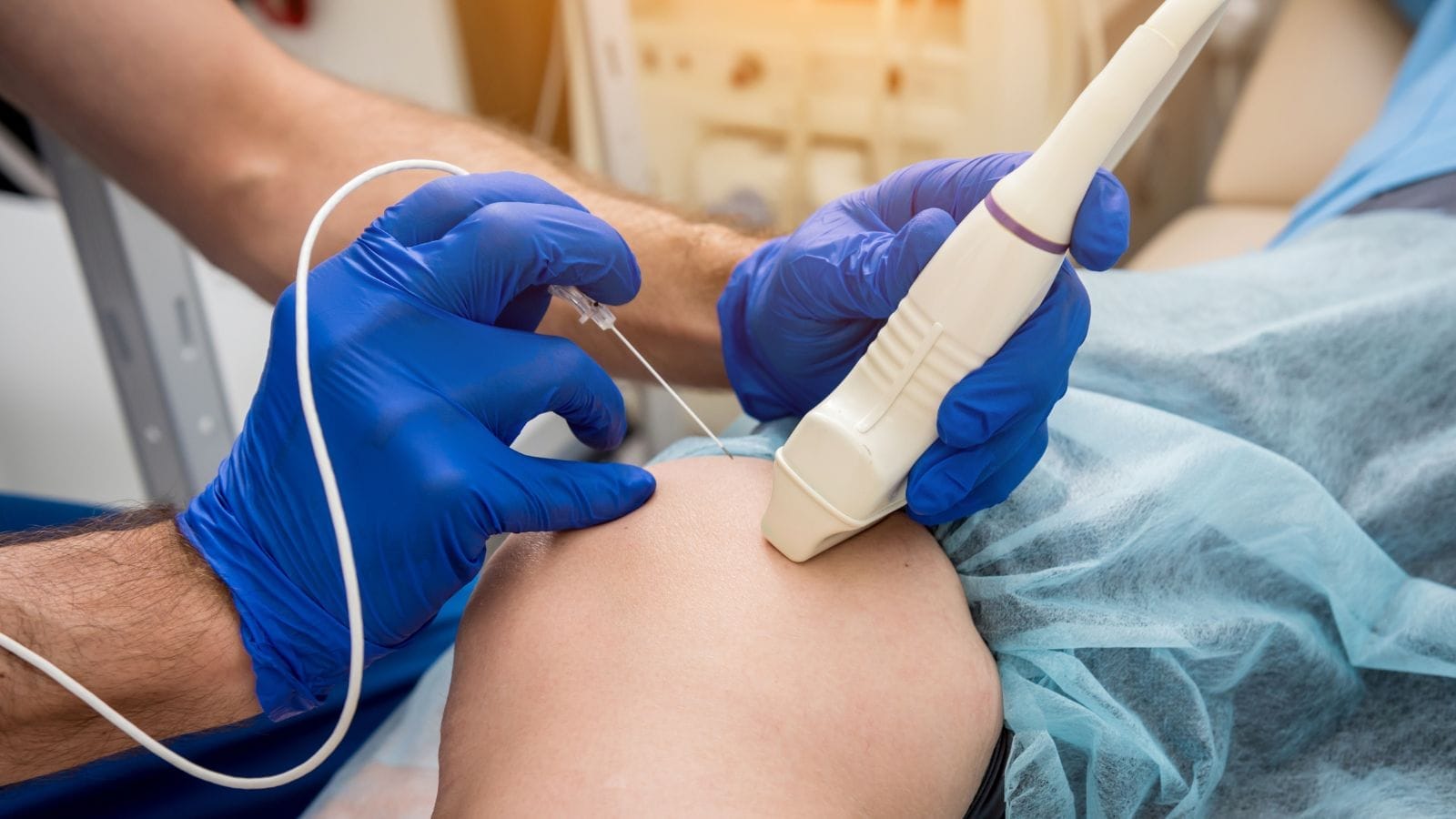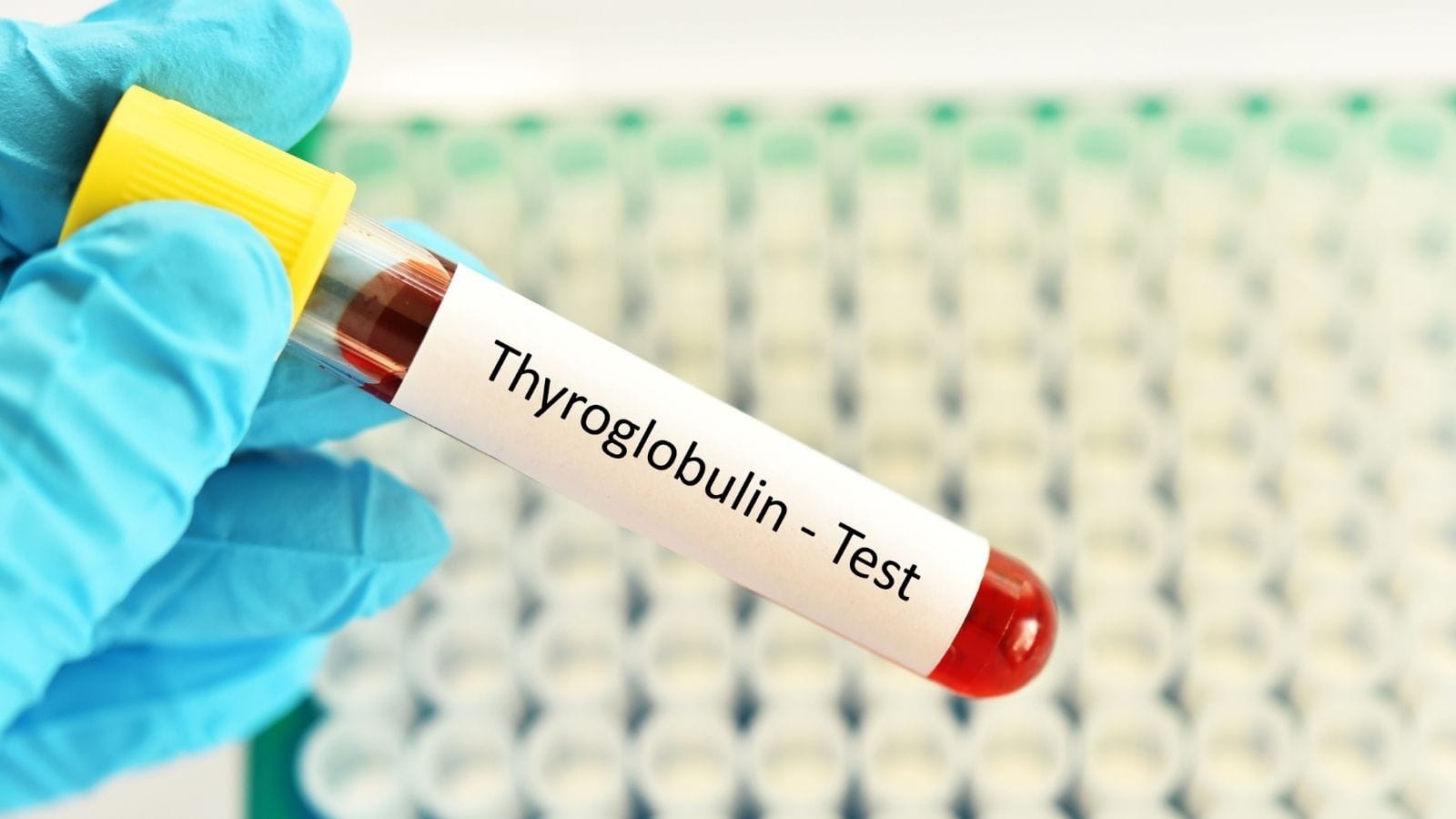The Bethesda classification is a standardized reporting system for thyroid cytology obtained through fine-needle aspiration biopsy. It categorizes thyroid nodules into six diagnostic groups, guiding clinical decisions and ensuring consistency in pathology reporting.
Each Bethesda category provides an estimated risk of malignancy, ranging from non-diagnostic to malignant. This helps clinicians determine whether follow-up, repeat biopsy, molecular testing, or surgical intervention is required.
The classification system improves communication between cytopathologists and treating physicians. By reducing ambiguity in reports, it enhances diagnostic accuracy and ensures appropriate patient management strategies.
Bethesda classification is globally recognized in thyroid cancer diagnostics. Its use minimizes unnecessary surgeries while enabling timely treatment of malignant or suspicious thyroid nodules.
| Classification Name | Bethesda Classification |
| Definition | A standard classification system used to report the results of thyroid fine needle aspiration biopsies (FNAB) and to determine cancer risk. |
| Fields of Use | Pathological evaluation of thyroid nodules, cancer risk analysis, and determining treatment and follow-up decisions. |
| Classification Categories | The Bethesda Classification consists of six categories, each classified according to cancer risk. |
| Categories and Descriptions | 1. Insufficient/Non-diagnostic: Sample lacking adequate cells (cancer risk 1-4%); Benign: Benign (cancer risk 0-3%);Atypia of Undetermined Significance (AUS)/Follicular Lesion: Uncertain (cancer risk 5-15%); Follicular Neoplasm or Suspicious for Follicular Neoplasm: Suspected follicular tumor (cancer risk 15-30%); Suspicious for Malignancy: Suspicion of cancer (cancer risk 60-75%); Malignant: Cancer diagnosis (97-99%). |
| Treatment Methods | Depending on the result, observation, repeat biopsy, surgical intervention, or radioactive iodine therapy is planned; in low-risk categories, observation is generally recommended, while surgical treatment is preferred in high-risk categories. |
| Advantages | Provides diagnostic standardization, determines cancer risk, prevents unnecessary surgical interventions, and guides treatment planning. |
| Follow-up and Monitoring | Cancer risk is assessed according to category; annual monitoring can be performed for benign lesions, while post-surgical follow-up is important for high-risk lesions. |
| Clinical Relevance | Reliably determines thyroid cancer risk, provides standardization in patient management by distinguishing between low- and high-risk nodules. |
| Associated Diseases | Thyroid nodules, thyroid cancer (papillary, follicular, medullary), thyroiditis (such as Hashimoto), hyperplasia, and other thyroid diseases. |
Prof. Dr. Özgür KILIÇKESMEZ Prof. Dr. Kılıçkesmez holds the Turkish Radiology Competency Certificate, the Turkish Interventional Radiology Competency Certificate, Stroke Treatment Certification, and the European Board of Interventional Radiology (EBIR). In his academic career, he won the Siemens Radiology First Prize in 2008.
Interventional Radiology / Interventional Neuroradiology
What Categories Does the Bethesda System Have for Thyroid Cytopathology?
The Bethesda System offers six categories for thyroid cytopathology, associating each with malignancy risk and management recommendations. This classification clarifies the place of FNA results in the clinical decision-making process. The categories range from non-diagnostic samples to definitive malignancy diagnoses.
- Nondiagnostic/Unsatisfactory (Category I): Diagnosis is not possible in samples with insufficient cells or obscured by blood. In this case, repeat FNA is recommended. The malignancy risk is estimated at 5-10%.
- Benign (Category II): Includes benign conditions such as colloid nodules and thyroiditis. Malignancy risk is 0-3%. Clinical follow-up is required if the nodule grows.
- Atypia of Undetermined Significance or Follicular Lesion of Undetermined Significance (AUS/FLUS) (Category III): This category includes indeterminate cases with a malignancy risk of 5-15%. Usually, repeat FNA or molecular testing is recommended.
- Follicular Neoplasm or Suspicious for Follicular Neoplasm (Category IV): Uniform follicular cells are observed. The malignancy risk is 15-30%. In this case, lobectomy is generally recommended.
- Suspicious for Malignancy (Category V): Indicates conditions such as papillary or medullary thyroid carcinoma. The malignancy risk is 60-75%, and surgical intervention is required.
- Malignant (Category VI): Includes cases with a definitive diagnosis of malignancy. In this category, the malignancy risk ranges between 97-99%.
Why Is the Bethesda System Important in Clinical Management?
The Bethesda System plays a vital role in the clinical management of thyroid nodules and provides a standardized reporting framework. It contains six diagnostic categories, each associated with a specific risk of malignancy, and these categories directly influence clinical management strategies. The system guides clinicians on when to recommend observation, repeat FNA, or surgical intervention. Below are some management approaches recommended for certain categories:
- Bethesda Category II (Benign): Nodules generally carry a low risk of malignancy, so only observation and periodic ultrasound screening are sufficient.
- Bethesda Category III (AUS/FLUS): Nodules in this category carry a malignancy risk of 10-30%. Usually, repeat FNA or close ultrasound follow-up is recommended. If these nodules show abnormalities on repeat biopsies, surgical intervention is considered.
- Bethesda Category IV (Suspicious for Follicular Neoplasm): Since these nodules carry approximately 15-30% malignancy risk, diagnostic surgery to rule out malignancy is frequently recommended.
*We recommend filling out all fields so we can respond in the best possible way.
How Does the Bethesda Classification Affect Patient Outcomes?
The Bethesda classification system serves as a significant tool in cytopathological evaluations affecting patient outcomes for both thyroid and cervical cancers. This system classifies the malignancy risk of thyroid nodules and cervical lesions in a structured manner and provides guidance for clinical management. Thus, it optimizes treatment options, reduces unnecessary interventions, and improves outcomes.
In the Context of Thyroid Cancer, the Bethesda Classification:
For Reporting Thyroid Cytopathology, the Bethesda System (TBSRTC) is divided into six categories, each carrying a specific risk of malignancy:
- Category I: Nondiagnostic/Unsatisfactory; 0-5% malignancy risk.
- Category II: Benign; 0-3% malignancy risk.
- Category III: Atypia/Follicular Lesion of Undetermined Significance (AUS/FLUS); 10-30% risk.
- Category IV: Suspicious for Follicular Neoplasm; 25-40% risk.
- Category V: Suspicious for Malignancy; 50-75% risk.
- Category VI: Malignant; 97-99% malignancy risk.
These categories guide interventions such as surgery, especially in high-risk cases, while repeat biopsy is recommended for Categories III and IV.
What Are the Limitations and Updates of the Bethesda System?
The limitations and updates of the Bethesda System include important revisions made to increase diagnostic accuracy in cytopathology. Firstly, interobserver variability stands out as a significant limitation of the Bethesda System. Particularly in cervical cytology (ASC-US) and thyroid cytopathology (AUS), variability is observed in the interpretation of complex cases. This variability can lead to inconsistent diagnostic results between laboratories, complicating clinical management decisions.
In addition, the morphological limitations of the system are also noteworthy. The Bethesda System relies heavily on morphological interpretation, which can create subjective differences. Updates made in 2014 for cervical cytology and in 2023 for thyroid cytopathology integrated molecular testing to increase diagnostic accuracy. Especially in borderline and indeterminate cases, the use of molecular diagnostic tests aims to reduce morphological limitations.
Updates to the Bethesda System include:
2023 Thyroid Cytopathology Updates:
- Molecular markers have been introduced for AUS and follicular lesions.
- Classification of architectural and nuclear atypia has been enabled with molecular profiles.
- Recommendations have been provided for indeterminate nodules based on molecular findings.

Girişimsel Radyoloji ve Nöroradyoloji Uzmanı Prof. Dr. Özgür Kılıçkesmez, 1997 yılında Cerrahpaşa Tıp Fakültesi’nden mezun oldu. Uzmanlık eğitimini İstanbul Eğitim ve Araştırma Hastanesi’nde tamamladı. Londra’da girişimsel radyoloji ve onkoloji alanında eğitim aldı. İstanbul Çam ve Sakura Şehir Hastanesi’nde girişimsel radyoloji bölümünü kurdu ve 2020 yılında profesör oldu. Çok sayıda uluslararası ödül ve sertifikaya sahip olan Kılıçkesmez’in 150’den fazla bilimsel yayını bulunmakta ve 1500’den fazla atıf almıştır. Halen Medicana Ataköy Hastanesi’nde görev yapmaktadır.









Vaka Örnekleri